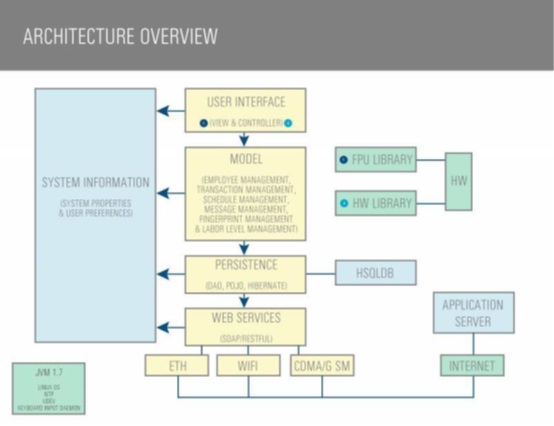

Under the incorrect belief that an avalanche transceiver and a personal locator beacon (PLB) were the same thing, he’d push the SOS signal on his PLB every time he was about to drop into a run. Over the course of a few weeks, the unidentified skier pushed the button on his unregistered device six times, causing search and rescue (SAR) teams from Clear Creek, Gilpin, and Jefferson counties-most of whom are unpaid volunteers-to scramble into action.

When they arrived at the location of the distress signal, all they found were ski tracks.Įventually, once the authorities figured out the signal was coming from the same unregistered device, SAR teams stopped responding to the signal according to The Denver Post. Authorities later discovered that every time the Berthoud Pass skier triggered a SAR response, he was never actually wearing an avalanche transceiver.
MIDSOUTH SYNERGY ONLINE APPLICATION HOW TO
Not only did this skier unnecessarily dispatch SAR, but he also put the rescue professionals in a difficult position: They decided to ignore the SOS calls from that particular PLB, but what if that skier had actually had an emergency? This real-life example demonstrates how essential it is that backcountry skiers know how to use their safety equipment properly. In 2019, according to Snowsports Industries of America, backcountry skiing continued to be the fastest-growing segment of winter sports in North America. Meanwhile, over the past decade, backcountry rescue devices have become even more complex and diverse. Avalanche transceivers are considered mandatory for all backcountry skiers (as well as knowledge of how to use them), while PLBs are less commonly found on backcountry skiers.


 0 kommentar(er)
0 kommentar(er)
